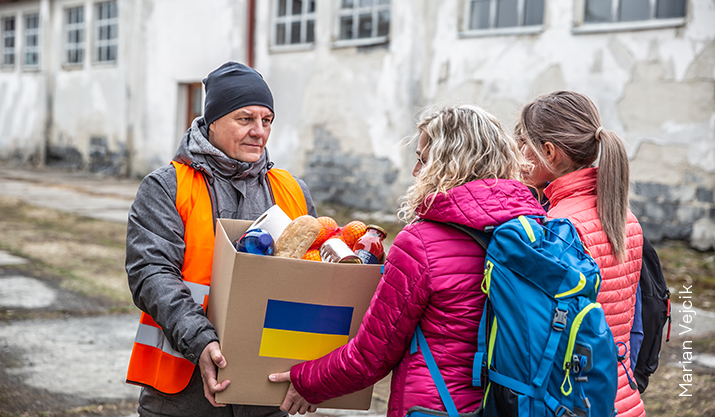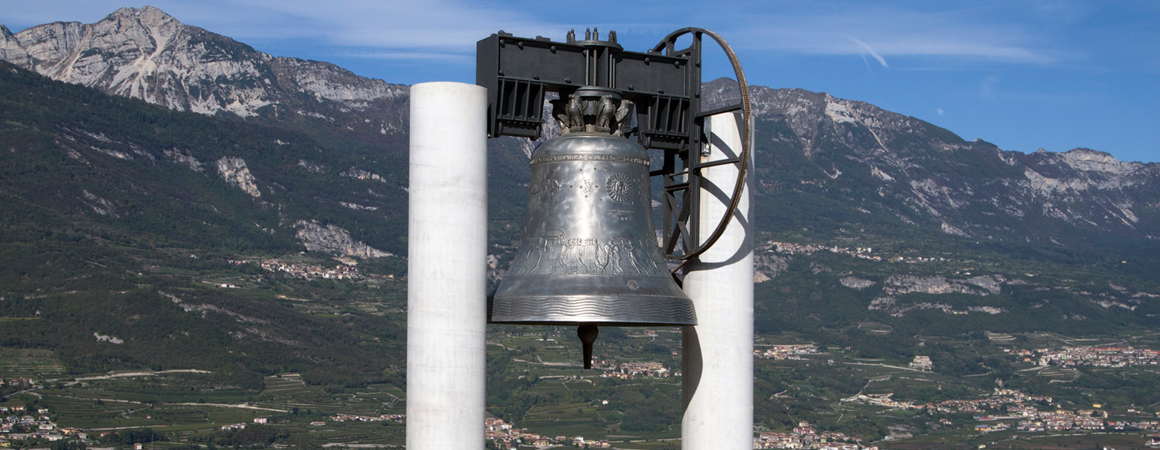HAPPENING AT THE COUNCIL OF EUROPE
THE CZECH AND SLOVAKIAN WELCOME TO UKRAINIAN REFUGEES
Your neighbour is whoever is nearest to you, as the definition has it. Helping your neighbour should be the most natural thing, and also the easiest. But it is more complicated to help someone who is far away, as the Czech Republic and the Slovak Republic have done. They found themselves facing an enormous flow of migrants from Ukraine, despite the fact they are not the closest countries to the battle zones. They are not neighbours. This did not pass unnoticed, and the Special Representative of the Secretary General (SRSG) on migration and refugees, Leyla Kayacik, underlined in her report the efficient response of the Prague and Bratislava authorities to an unprecedented situation.
In the Czech Republic, as we read in the text, well-managed registration centres were very quickly set up, where national, local and non-government officers work in close collaboration to offer temporary protection to people fleeing from the war. The data show that this country has been affected by the conflict as much as the ones directly bordering with Ukraine. At the time of the Special Representative's visit, over 320,000 Ukrainian refugees had been officially registered and were benefiting from temporary protection. Of these, around 130,000 were minors. The figures are significant, and the Czech Republic must doubtlessly be considered as one of the main destinations for people fleeing from Ukraine.
Kayacik also emphasised the exemplary effort made by the Slovak authorities in coordination with civil society organisations, volunteer associations, the private sector and the local authorities to supply refugees with basic necessities and other forms of support. Bratislava declared a state of emergency immediately after the Russian invasion and rapidly amended its existing legislation regarding asylum, in order to be able to grant temporary protection status to those fleeing from the war at the very start of the conflict, even before any resolution had been adopted by the Council of the European Union. At the time of the Special Representative's visit, around 360,000 people fleeing from Ukraine were in the country, and almost 90 per cent of these were women and children. Daily arrivals were relatively fewer compared with the initial flows and the organisational machine had managed to register over 72,000 people who were able to take advantage of temporary asylum.
Both countries succeeding in tackling unprecedented challenges with impressive flows of refugees, especially if we consider these in proportion to the local populations. Just over 10 million people live in the Czech Republic, and half as many in the Slovak Republic. Despite this, the two countries pulled out all the stops and welcomed the refugees, officially registered them and gave them asylum.
There are those in other countries who complain about much less.







